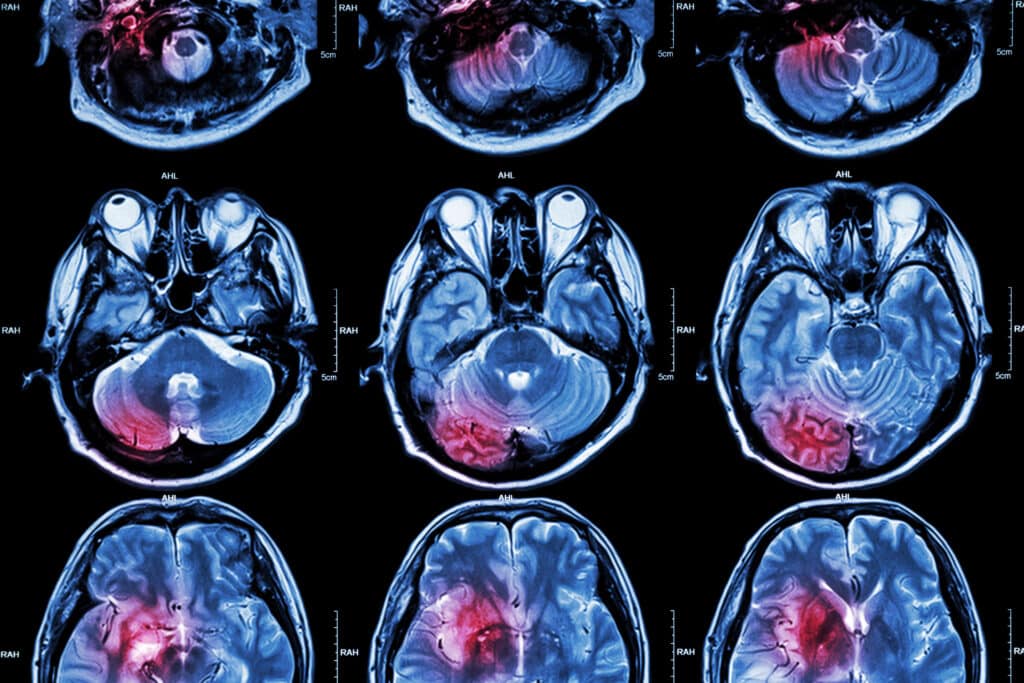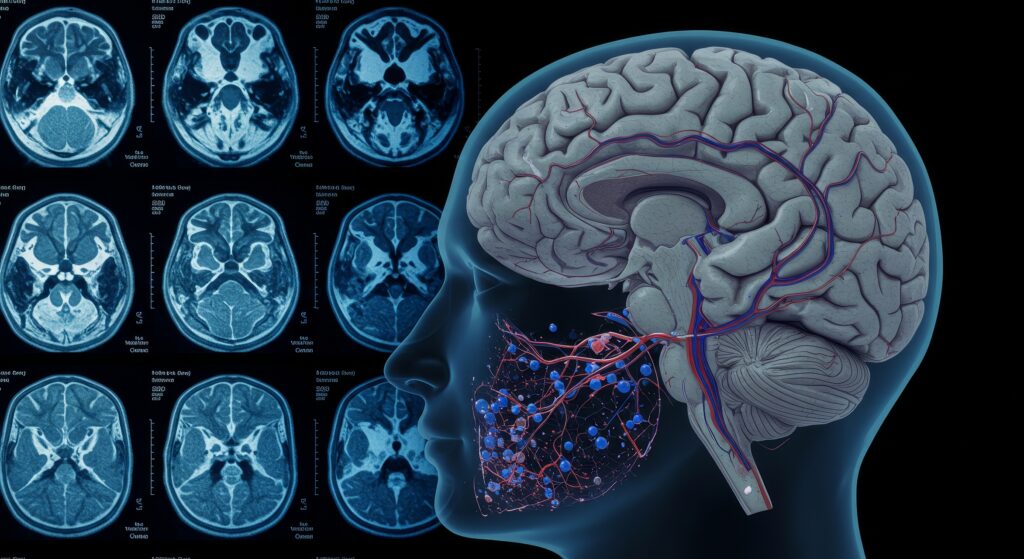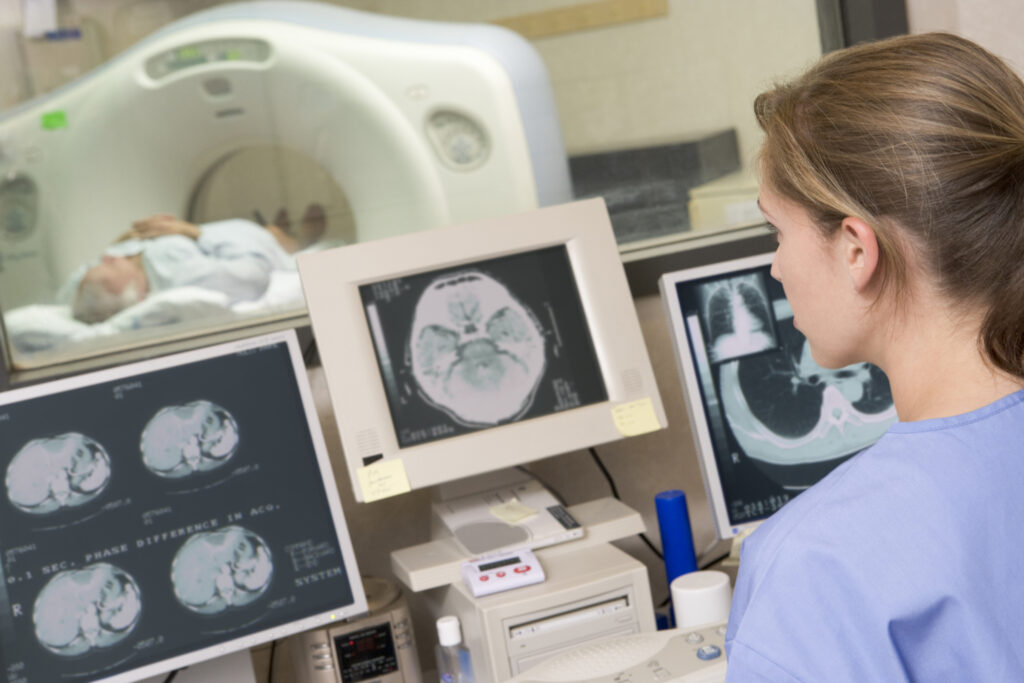Preventive health often takes a backseat when you are balancing work and personal life. Many working adults delay medical checkups until symptoms become hard to ignore. However, this approach increases the risk of detecting diseases late, when treatments are more complex and recovery is harder.
Preventive care is not just about avoiding sickness, but about building long-term health stability. Radiology is helping reshape this approach by offering clear insights into hidden risks. Imaging tools once reserved for emergencies now help spot subtle changes early, making radiology a practical partner in preventive care.
Radiology as a Preventive Lens
Radiology is no longer limited to just emergencies. It now plays a key role in preventive medicine. Traditionally linked with broken bones or sudden illness, it can now uncover health problems before symptoms appear. Hospitals now use scans to identify silent issues such as blocked arteries, lung nodules, or bone loss.
Many working adults benefit from screenings that detect these hidden risks, allowing timely intervention. A 2023 review highlighted that radiology now contributes to early disease prediction by combining imaging findings with lifestyle and genetic risk factors.
The study, published in Insights into Imaging, also notes that new imaging biomarkers are helping doctors detect subtle changes before disease develops. This establishes radiology as a vital tool for proactive health monitoring, rather than merely diagnosing illness after it occurs.
Some modern companies understand this and are using radiology to promote proactive health. According to Verywell Health, whole-body MRI scans from companies like Prenuvo can detect 500 common and rare health disorders. These scans, costing up to $2,500 per session, attract many people seeking a health assessment.
This promise of early detection leads to a growing interest in full-body scans. While these scans promise early detection, they also come with challenges that patients should understand.
The Promise and Pitfalls of Whole-Body Scans
In recent years, full-body scans have attracted attention among busy professionals. Still, experts caution that this approach may create false alarms and unnecessary worry. But the promise comes with challenges.
According to NPR (2024), these scans locate minor abnormalities that would never have caused harm, providing people with a false sense of security. It can also lead to more follow-up tests, higher medical costs, and unnecessary patient stress. Experts reveal that these scans can’t replace proven screenings, like mammograms or colonoscopies.
TIME supports this notion, stating that many doctors caution that full-body MRIs are often marketed as life-saving, yet their real benefits remain unproven for healthy adults. Some scans are useful for patients with a family history of disease or those at higher personal risk.
But, for the general population, they may not offer enough value to justify the expense. They emphasise that most people are better served by established preventive tests that target specific diseases. The cost factor also matters. According to Axios (2023), these scans are priced in the thousands of dollars.
For instance, full-body scans at a Bethesda clinic cost north of $999, limiting access mostly to higher-income adults. This high cost makes the scans more accessible to affluent adults, creating a divide in who can benefit from preventive care.
What Workplace Health Risks Reveal
Working adults regularly face health risks linked to their jobs. Long-term exposure to harmful substances in workplaces can lead to chronic illness. Industries like construction, railroads, and factories have shown this link for decades.
Medical imaging has played a central role in proving these risks. In some cases, scans revealed damage caused by toxic substances such as diesel fumes and asbestos. For example, the railroad cancer lawsuit highlights how years of exposure to hazardous materials left workers with serious health problems.
Imaging evidence is crucial in establishing the connection between workplace conditions and illnesses. Gianaris Trial Lawyers notes that many workers developed cancers such as leukaemia, mesothelioma, and kidney and lung cancer due to long-term exposure.
This example shows how radiology is more than just a diagnostic service. It protects public health, strengthens accountability, and encourages safer workplace practices. For working adults, it underlines the value of preventive imaging in spotting risks linked to both lifestyle and occupation.
Beyond occupational risk detection, radiology is evolving to provide more personalised preventive care through AI and advanced imaging tools.
Radiology and the Future of Personalised Preventive Care
Radiology is moving toward a more personalised role in preventive health. With advances in artificial intelligence, scans can now identify patterns that are invisible to the human eye. This allows for the creation of individualised health profiles.
AI can do more than just detect diseases. It can measure subtle imaging markers, predict long-term outcomes, and even forecast treatment response. By linking imaging results with laboratory findings and lifestyle factors, AI creates a comprehensive picture of a patient’s health.
Such integration means risks can be identified earlier, often before visible symptoms appear. AI also helps radiologists handle the growing volume of medical images with greater accuracy and speed. This support reduces diagnostic errors and frees specialists to focus on patient-centred decisions.
Importantly, AI-powered systems continue to learn from new data, which enhances precision over time. For working adults, this means preventive care will become more tailored. Instead of one-size-fits-all checkups, imaging will help design specific monitoring plans. This fosters earlier action and better use of healthcare resources.
People Also Ask
1. How often should adults get preventive imaging based on risk?
If you’re healthy with no family history, focus on age-appropriate regular screenings like mammograms or bone density scans. But if you or someone in your family had early-onset illness, talk to your provider about more frequent, targeted imaging to stay one step ahead.
2. Are there risks associated with frequent imaging scans?
Yes, imaging methods such as CT scans and X-rays expose the body to low levels of ionising radiation. While occasional scans are generally safe, frequent or unnecessary exposure may slightly raise lifetime cancer risk. Still, the diagnostic benefits usually outweigh the potential long-term risks when scans are medically justified.
3. What questions should I ask my doctor about preventive scans?
You should ask about your personal risk factors, such as family history and lifestyle. Ask if the scan is supported by evidence for someone with your health profile. Also, inquire about the potential for false positives and what follow-up tests might be needed.
Preventive health is essential but often missed by working adults. Radiology provides an effective way to identify hidden risks, supporting earlier intervention and better health outcomes. While not every scan is necessary for everyone, knowing when and how to use radiology is key.
Whether through targeted screenings or advanced imaging, it provides tools to stay ahead of health risks. As medical imaging evolves, you can expect more personalised and effective preventive care. Choosing the right scans, based on your health needs, can make a real difference in protecting your future.
Disclaimer
The content provided in this article is for informational purposes only and is not intended as medical advice, diagnosis, or treatment. Open MedScience does not offer medical services, and no content herein should be used as a substitute for consultation with a qualified healthcare professional.
Any medical imaging procedures mentioned, including full-body scans and AI-supported diagnostics, should be discussed with a licensed medical provider to determine their suitability for your personal health circumstances. The inclusion of references to specific companies or technologies does not constitute endorsement or recommendation by Open MedScience.
Health-related information may become outdated or superseded as new research and medical guidelines emerge. Open MedScience makes no representations or warranties regarding the accuracy, completeness, or applicability of the information provided at the time of reading.
Use of this content is at the reader’s own risk. Open MedScience and its contributors disclaim all liability for any loss, injury, or damage resulting from the direct or indirect use of the information presented in this article.
You are here: home » diagnostic medical imaging blog »



